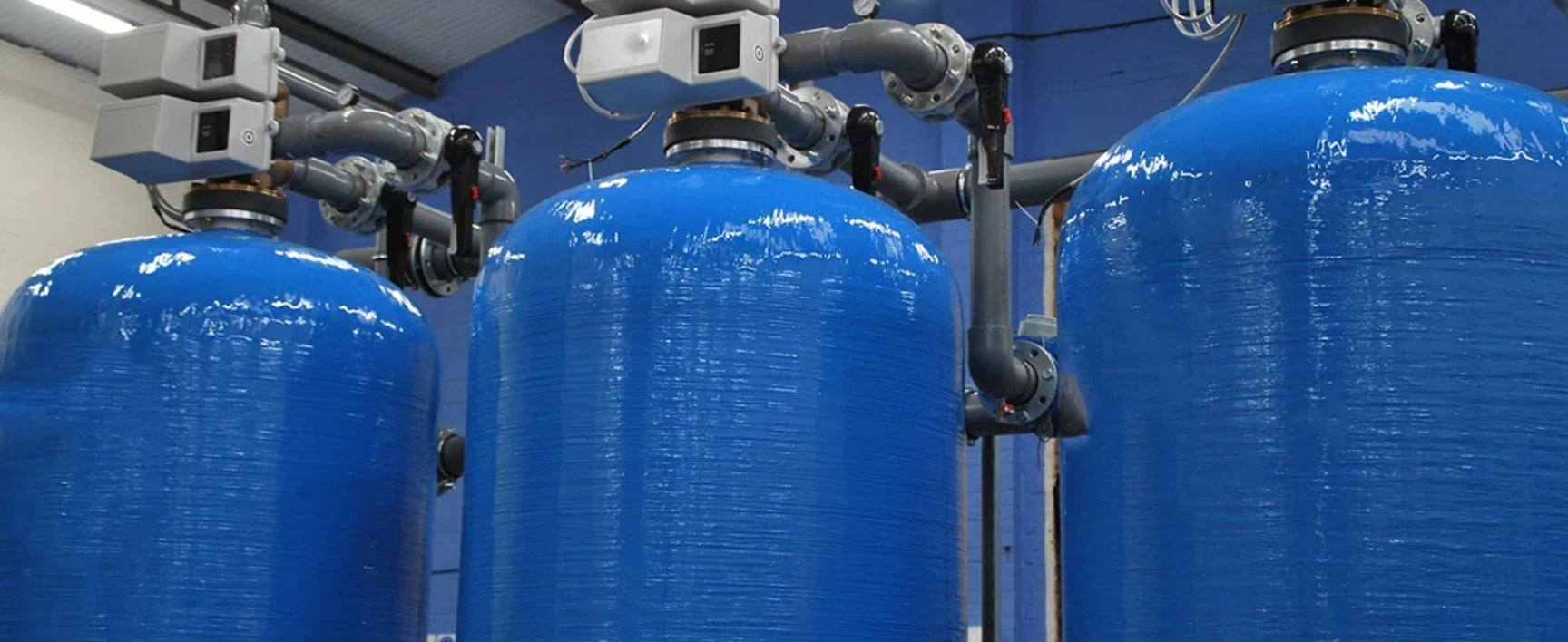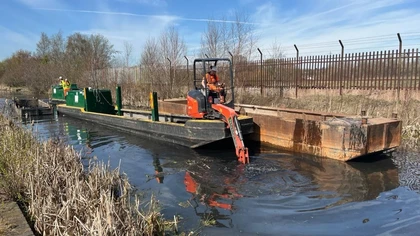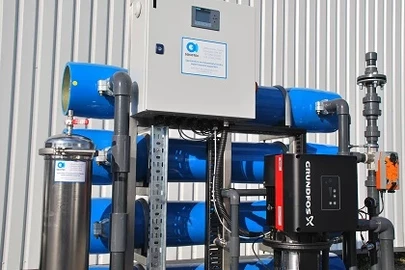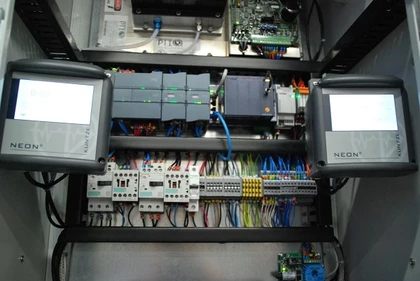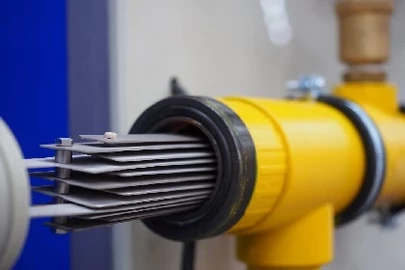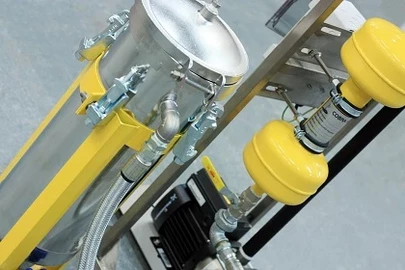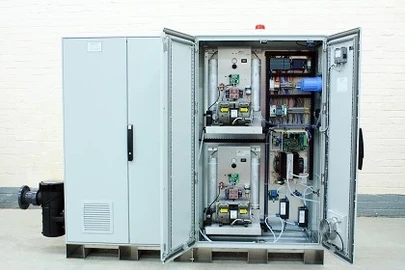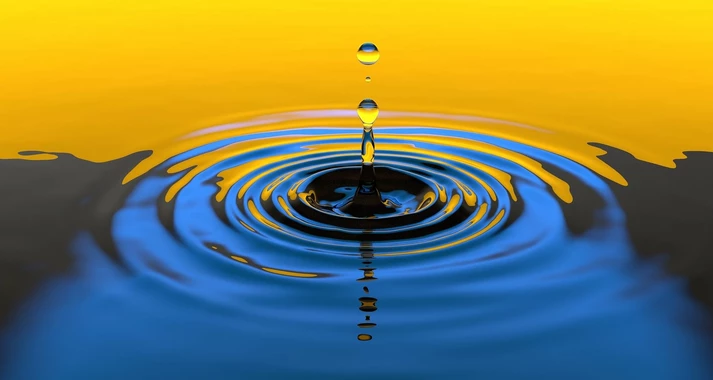Our water softeners reduce the hardness of water and is the most common form of water treatment.
Hard water is created when naturally soft rain water percolates through subterranean rock strata and dissolves solids, including calcium and magnesium. There are many areas where the water supply contains a significant level of these salts.
Problems of hard water
- Scale forms a thick coating on heat exchanging elements and inside of boilers, tanks and pipes
- Reduces efficiency of heat exchange systems
- Increases energy costs and can cause overheating
- Cleaning products, soaps and detergents become ineffective; larger quantities used results in increased chemicals discharged to sewer systems
Cost-effective solutions
Removing the dissolved hard mineral salts from the water and replacing/exchanging them with ‘soft salts’ which are more soluble and therefore do not form hard scale can be achieved by using a fully automatic water softener.
SOCOTEC offers a range of water softeners, to include:
- Simplex water softener
- best suited to steady demand applications up to moderate capacities for the domestic and commercial market. Regeneration can be either timer or meter-controlled dependent on application
- Duplex/triplex water softener
- best suited for industrial and other larger demand systems
- provides a continuous supply of softened water
- Bulk salt saturators
- removes manual handling issues making the requirement for brine a cost-effective and safer option
- Water Hardness Monitor
- operates with selective sensor for calcium and magnesium ions on potentiometric method basis
How Softeners Work
Softeners work by a process known as ion exchange. The hard water passes through a high quality exchange resin column inside a pressure vessel. The resin removes the calcium and magnesium ions from the solution and exchanges them for sodium ions. When the resin is about to become exhausted, the softener commences the regeneration phase which is initiated by timer or volume control.
Actual regeneration is achieved when the softener draws a solution of common salt – called brine – through the column of resin which displaces the captured calcium and magnesium ions and replaces them with the sodium ions in the brine. Throughout the process, the subsequent rinsing is flushed to drain and does not enter the service line.
The regeneration period takes between 60 and 120 minutes, depending upon the size of the softener, and it can be repeated as often as necessary over many years without significant loss of performance.

Talk to our experts
Want to find out more about SOCOTEC's Water services?


